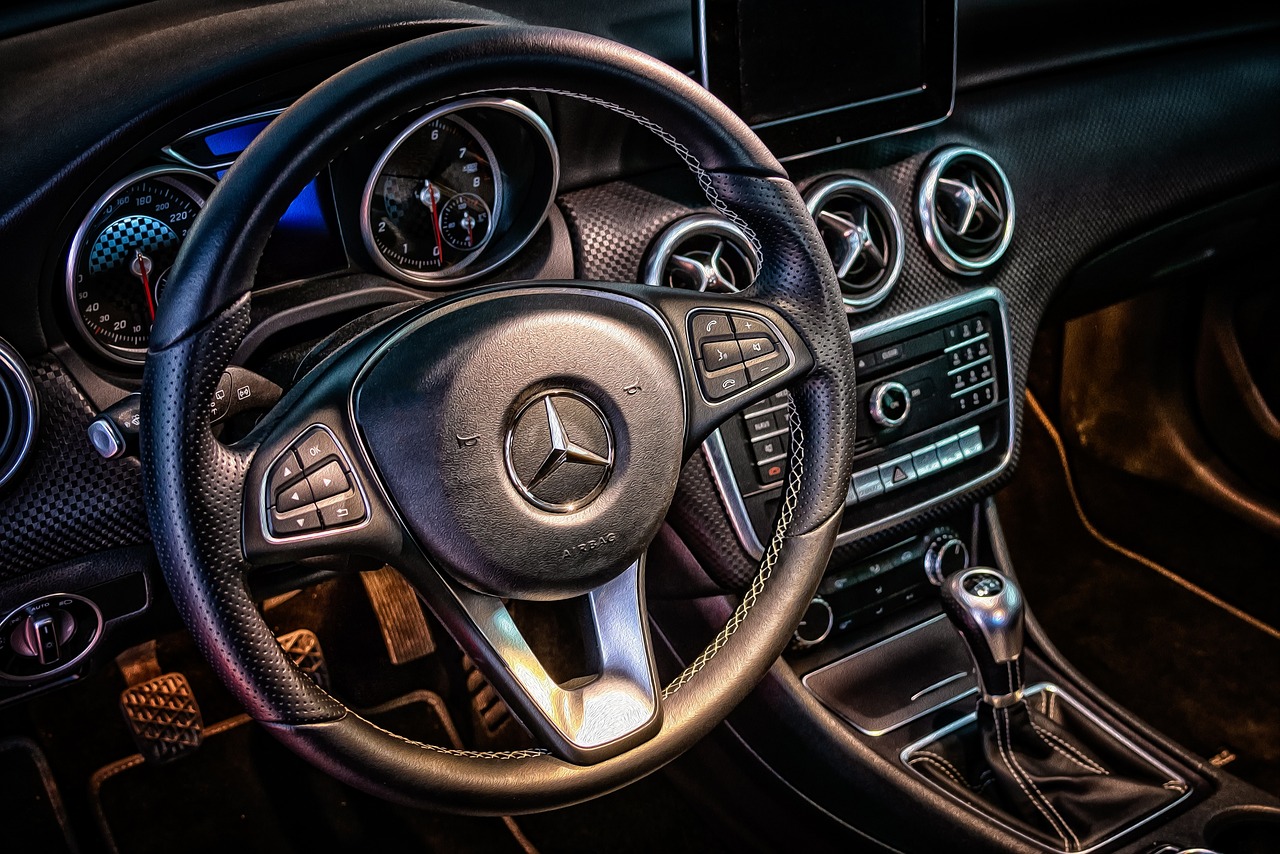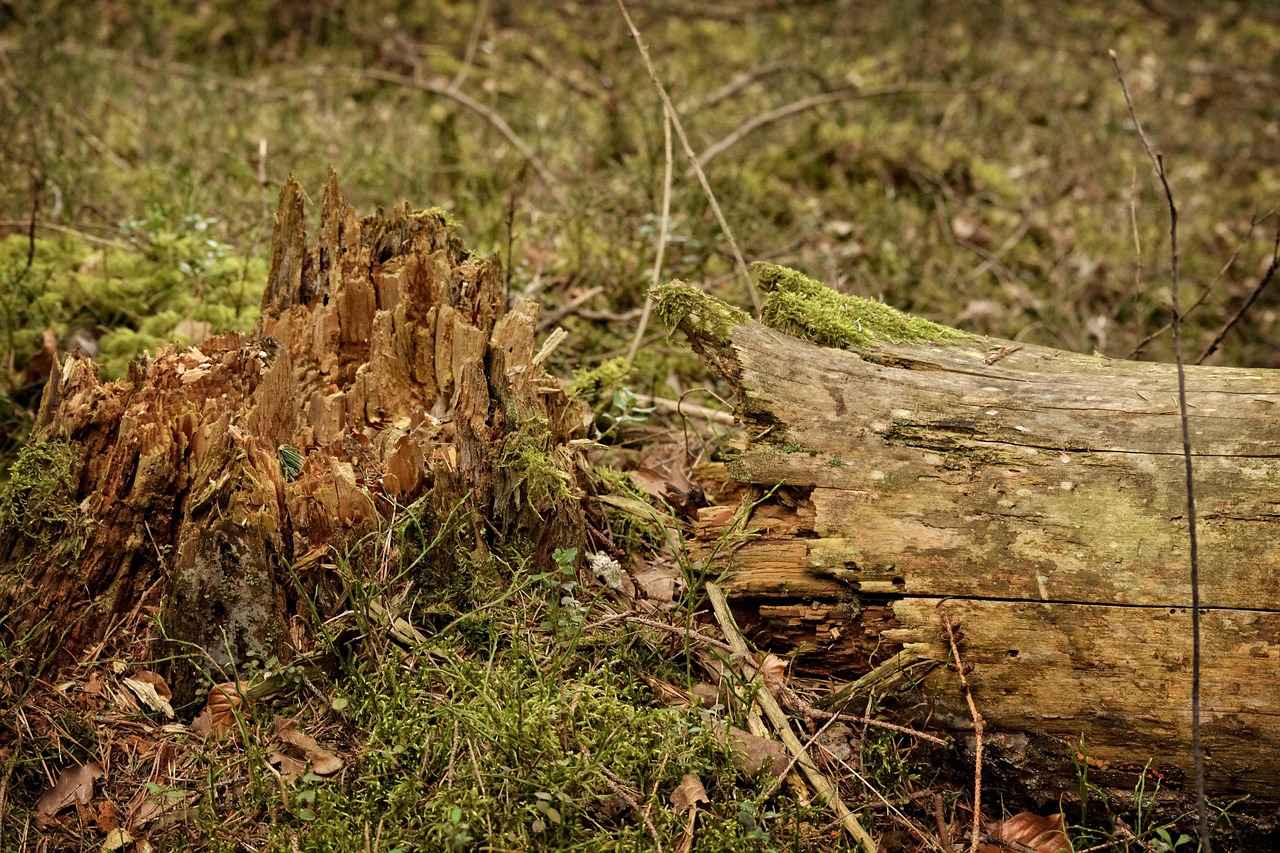Repainting a car bumper is a common maintenance task that many vehicle owners face. Understanding the costs associated with this service can help you make informed decisions about your vehicle’s upkeep. This article will delve into the various factors affecting the cost of repainting a bumper, offering insights and tips to ensure you get the best value for your money.
When budgeting for bumper repainting, it’s essential to consider several factors that can influence the overall price. These include:
- Type of Paint: Different paint types come with varying price tags.
- Labor Costs: Prices can differ based on location and shop expertise.
- Condition of the Bumper: Damage severity can affect preparation time and costs.
The type of paint used plays a crucial role in determining the cost of repainting a bumper. Common types include:
- Acrylic: Fast-drying and affordable but less durable.
- Enamel: Offers a hard finish, providing better durability.
- Urethane: Known for its longevity and resistance, but often comes with a higher price.
Choosing a higher-quality paint may increase your initial costs but can save money in the long run due to its durability.
Interestingly, the color you choose can also impact the cost of repainting. Some colors, especially those that are rare or require a complicated application process, can be more expensive. Metallic and pearlescent paints often fall into this category, as they require additional layers and techniques to achieve the desired finish.
Labor costs for bumper repainting can vary significantly based on the shop’s location and the skill of the technicians. On average, you can expect to pay between $100 to $300 for labor. Understanding local rates can help you budget accurately.
The time required for repainting can also influence labor costs. A straightforward repaint may take a few hours, while more extensive repairs could take a full day or more. The longer the job takes, the higher the labor costs due to the hourly rate charged by the shop.
In addition to labor, some auto body shops may charge extra fees for materials or environmental disposal. Being aware of these potential costs can prevent surprises on your final invoice. Always ask for a detailed estimate before proceeding with the service.
Investing in professional bumper repainting offers several advantages, including:
- Improved Appearance: A fresh coat of paint can significantly enhance your vehicle’s look.
- Protection Against Rust: Properly applied paint helps protect the bumper from rust and corrosion.
- Maintaining Vehicle Value: Keeping your vehicle in good condition can help retain its resale value.
While DIY bumper repainting can save money, it requires specific skills and tools. Analyzing the costs associated with DIY projects versus professional jobs can help you make an informed decision. The costs for DIY materials can range from $50 to $150, depending on the quality of supplies.
To successfully repaint a bumper yourself, you will need various tools and materials, including:
- Sandpaper: For surface preparation.
- Primer: To ensure proper paint adhesion.
- Paint: The color of your choice.
- Clear Coat: For added protection and shine.
DIY projects come with risks, such as poor finish quality and potential damage to the bumper. Weighing these risks against the cost savings is essential before deciding on a DIY approach. If you’re unsure about your skills, it may be wise to invest in professional services.
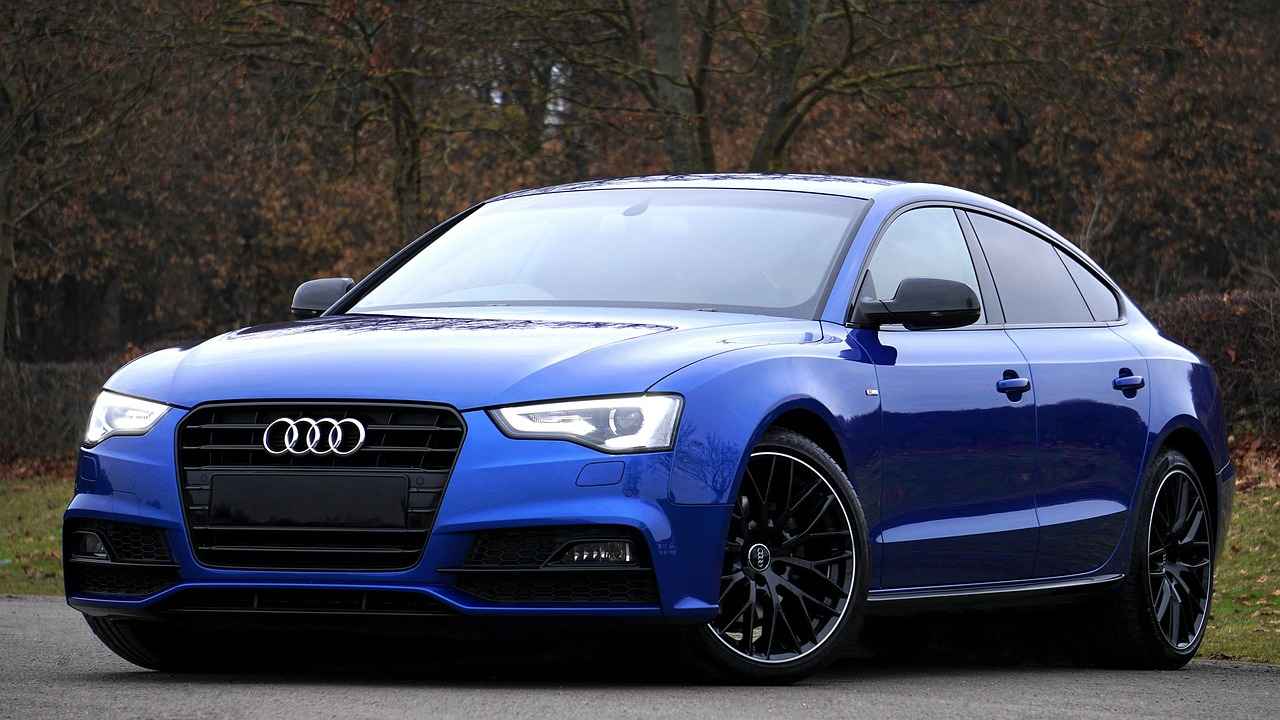
What Factors Affect the Cost of Repainting a Bumper?
When it comes to maintaining your vehicle, understanding the cost of repainting a bumper is essential for effective budgeting. Various factors can influence the overall price, making it important to be well-informed before proceeding. In this article, we will delve into the key elements that determine the costs associated with bumper repainting, ensuring you have all the necessary information at your fingertips.
Understanding the various factors that influence the cost of bumper repainting is crucial for budgeting your vehicle maintenance. These factors include:
- Paint Type
- Labor Costs
- Condition of the Bumper
The type of paint used can significantly impact the overall cost of repainting a bumper. Different paint finishes and quality levels can lead to varying price ranges, affecting your final bill. For instance, high-quality urethane paints are often more expensive than standard acrylic paints, but they provide better durability and finish.
Automotive paint comes in various types, including:
- Acrylic Paint: Affordable and easy to apply but may not last as long.
- Enamel Paint: Offers a glossy finish and durability, commonly used for bumpers.
- Urethane Paint: Provides excellent protection and longevity, though at a higher cost.
Choosing a specific color can also affect the cost of repainting. Some colors are more expensive due to their rarity or the complexity of the paint application process. For example, metallic or pearlescent colors typically require additional layers and specialized techniques, increasing labor and materials costs.
Labor costs can vary widely depending on the auto body shop’s location and expertise. On average, you might expect to pay between $50 to $100 per hour for labor. Understanding average labor rates can help you budget more accurately for bumper repainting.
The time required for repainting a bumper can influence labor costs. A more extensive repair may take longer, thus increasing the overall cost due to labor hours involved. Typically, the process can take anywhere from 2 to 5 hours, depending on the complexity of the job.
In addition to labor, some shops may charge extra fees for materials or environmental disposal. Being aware of these potential costs can prevent surprises on your final invoice. It’s advisable to ask for a detailed breakdown of all costs before agreeing to the service.
Investing in professional bumper repainting offers several advantages, including improved appearance, protection against rust, and maintaining vehicle value. A professionally done job not only enhances the look of your vehicle but also increases its longevity.
While DIY bumper repainting can save money, it requires specific skills and tools. Analyzing the costs associated with DIY projects versus professional jobs can help you make an informed decision. Consider the cost of materials, which can range from $50 to $150, depending on the quality of paint and supplies.
To successfully repaint a bumper yourself, you will need various tools and materials, including:
- Sandpaper: For surface preparation.
- Primer: Essential for paint adhesion.
- Paint: Choose the right type for your vehicle.
- Clear Coat: To protect the paint finish.
DIY projects come with risks, such as poor finish quality and potential damage to the bumper. Weighing these risks against the cost savings is essential before deciding on a DIY approach. If you’re unsure about your skills, it may be best to consult a professional.
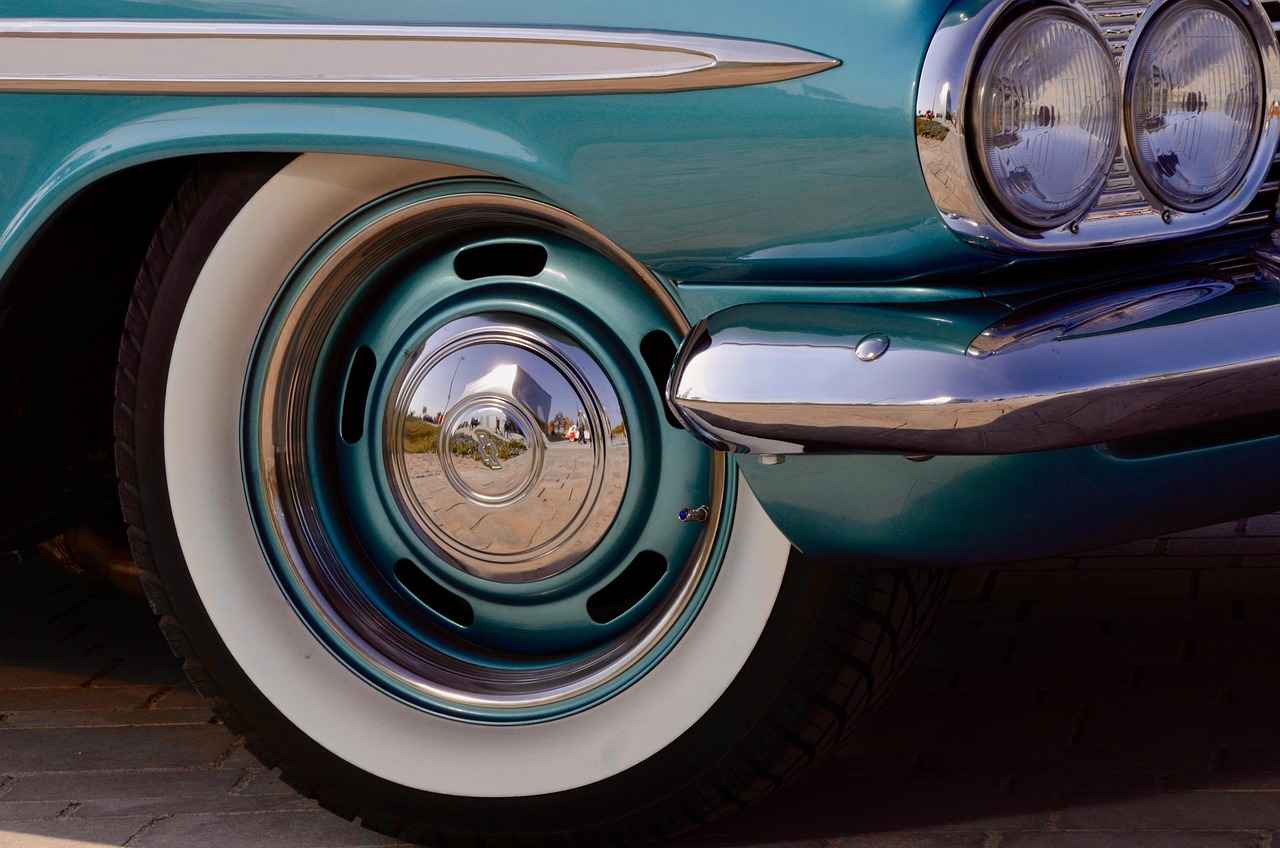
How Does Paint Type Influence Bumper Repainting Costs?
When it comes to repainting a bumper, the choice of paint is one of the most significant factors affecting the overall cost. Different types of paint not only vary in price but also in quality, durability, and finish. Understanding how these elements interact can help you make an informed decision that fits your budget.
Automotive paint is primarily categorized into three types: acrylic, enamel, and urethane. Each type has its own unique properties:
- Acrylic Paint: Known for its quick-drying properties, acrylic paint is often less expensive. However, it may not provide the same level of durability as other types.
- Enamel Paint: This type is more durable and resistant to scratches and fading. It typically costs more due to its longevity and protective qualities.
- Urethane Paint: Often considered the best option, urethane paint offers excellent durability and a high-gloss finish. However, it is usually the most expensive option available.
The finish of the paint can also significantly influence costs. Common finishes include matte, glossy, and satin. Each finish requires different application techniques and materials, leading to varying labor costs:
- Matte Finishes: These require special care during application and can be more expensive due to the complexity involved.
- Glossy Finishes: While popular for their shine, they may require additional layers of clear coat, adding to the total cost.
- Satin Finishes: A middle ground between matte and glossy, satin finishes can also influence the price depending on the desired effect.
The color you choose for your bumper can also impact the overall cost. Specialty colors, such as metallic or pearlescent paints, often come with a higher price tag due to their complexity and the additional materials required. Additionally, some colors may be more difficult to match, which can increase labor costs as well.
Investing in higher-quality paint can lead to better results and longer-lasting finishes. While it may seem tempting to opt for cheaper alternatives, the long-term costs of frequent touch-ups or repainting can outweigh the initial savings. High-quality paints often come with warranties, providing peace of mind and assurance of durability.
In addition to the paint itself, there are other costs associated with the repainting process. Preparation work, such as sanding and priming, is essential for a successful repaint and can add to labor costs. Additionally, some shops may charge for environmental disposal fees for leftover materials, so it’s wise to inquire about these potential charges upfront.
In summary, the type of paint you choose for your bumper repainting project plays a crucial role in determining the overall cost. By understanding the different types of paint, finishes, color choices, and quality levels, you can make a more informed decision that aligns with your budget and expectations. Always remember to consider the long-term benefits of investing in quality paint and professional application to ensure the best results for your vehicle.
What Are the Different Types of Automotive Paint?
When it comes to automotive paint, understanding the various options available is crucial for achieving the desired look and durability for your vehicle. Automotive paint is not just about aesthetics; it also plays a significant role in protecting your car from the elements. Below, we explore the different types of automotive paint, their properties, and how they can influence your repainting project.
Acrylic paint is known for its fast-drying properties and vibrant colors. It is often used in automotive applications due to its resistance to fading and chipping. This type of paint can be applied in a single layer, making it a cost-effective option for many car owners. However, it may require a clear coat for added protection, which can increase the overall cost.
Enamel paint is another popular choice among car enthusiasts. It is known for its long-lasting finish and ability to withstand harsh weather conditions. Enamel paint is typically more durable than acrylic, making it less prone to scratches and fading. While it may take longer to dry, the end result is often worth the wait. This paint type can also be less expensive than some other options, making it a budget-friendly choice.
If you are looking for a high-quality finish, urethane paint is often considered the best choice. This type of paint offers excellent durability and a glossy finish that can last for years. Urethane paint is resistant to chemicals and UV rays, making it ideal for those who want their vehicle to maintain its appearance over time. However, it is typically more expensive than both acrylic and enamel paints, which can influence your overall repainting costs.
When selecting the type of paint for your bumper, consider factors such as color choice, desired durability, and budget. Some colors may require special formulations or additional coats, which can affect the final cost. Additionally, the paint type can influence the application process, so it is essential to discuss your options with a professional.
The quality of the paint you choose can significantly impact the overall outcome of your repainting project. Higher-quality paints often provide better coverage, require fewer coats, and offer a more durable finish. While it may be tempting to opt for cheaper options, investing in quality paint can save you money in the long run by reducing the need for future touch-ups.
In conclusion, understanding the different types of automotive paint—acrylic, enamel, and urethane—can help you make an informed decision when repainting your bumper. Each type has its unique properties, advantages, and price points. By carefully considering your needs and budget, you can select the best paint type for your vehicle, ensuring a beautiful and durable finish that enhances your car’s appearance.
How Does Color Choice Affect Pricing?
When it comes to repainting a car bumper, one of the most significant factors influencing the overall cost is the color choice. Selecting a specific color can lead to variations in price due to several reasons, including the rarity of the hue and the complexity involved in its application. Understanding these nuances can help you make more informed decisions when budgeting for your vehicle’s maintenance.
Some colors are inherently more expensive than others due to their rarity. For instance, vibrant shades like metallic blues or deep reds often require specialized pigments that are less commonly produced. This can lead to a higher price tag for the paint itself. Additionally, colors that are less popular or frequently requested may not be stocked by your local auto body shop, resulting in extra costs for special orders.
Another factor influencing costs is the complexity of the paint application process. Some colors may require multiple layers or specific techniques to achieve the desired finish. For example, a pearlescent finish involves applying a base coat followed by a pearlescent layer, which can significantly increase labor time and materials used. This complexity can lead to higher overall costs, as the technician must invest more time and skill into the job.
In addition to the paint itself, special colors may incur extra fees for materials and labor. Shops may charge a premium for unique colors or finishes, as they often require specific tools and techniques. For instance, the use of specialized clear coats designed for certain colors can also add to the expense. It’s essential to discuss these potential costs with your chosen auto body shop to avoid unexpected charges on your final invoice.
If you’re looking to save money, consider opting for more common colors that are readily available. Standard colors like black, white, or gray typically have lower costs associated with them, as they are often in stock and require less specialized application techniques. Additionally, discussing your options with the technician can help you find a color that suits your style without breaking the bank.
- Resale Value: Consider how your color choice might affect the resale value of your vehicle. Neutral colors tend to appeal to a broader audience.
- Maintenance: Some colors, especially darker shades, may show dirt and scratches more readily, impacting long-term maintenance costs.
- Insurance: Check with your insurance provider, as some colors may influence your premium rates.
In conclusion, while the color choice for repainting a bumper may seem like a minor detail, it can significantly impact your overall costs. By understanding the factors that contribute to pricing, including rarity, application complexity, and potential additional fees, you can make an informed decision that aligns with your budget and aesthetic preferences. Always communicate with your auto body shop to explore all available options and ensure that you get the best value for your investment.

What Are the Average Labor Costs for Bumper Repainting?
When considering a bumper repainting, one of the most significant factors to take into account is labor costs. These costs can fluctuate based on various elements, including the location of the auto body shop, the expertise of the technicians, and the complexity of the job. Understanding the average labor rates in your area can help you budget more accurately and avoid unexpected expenses.
Labor costs for bumper repainting typically range from $50 to $150 per hour. This variance largely depends on the geographic location. For instance, shops in urban areas may charge higher rates compared to those in rural regions. Additionally, the experience level of the technicians plays a crucial role; more experienced professionals may command higher wages due to their skill and efficiency.
In areas with a high demand for auto body services, such as metropolitan cities, labor rates can be significantly higher. This is often due to the increased cost of living and the competitive market. Conversely, smaller towns or less populated areas may offer lower rates, making them more affordable for consumers.
Moreover, the expertise of the technicians can influence labor costs. Shops with certified professionals or those that specialize in high-end vehicles may charge premium rates. It’s essential to balance cost with quality; opting for the lowest price may compromise the quality of the work.
The time required to repaint a bumper can also affect labor costs. A straightforward repainting job may take only a couple of hours, while more extensive repairs, such as fixing dents or scratches, can extend the time frame significantly. Generally, the more intricate the job, the higher the labor costs due to the additional hours required.
In addition to labor rates, some auto body shops may impose extra fees for materials or disposal of hazardous waste. It’s crucial to inquire about these potential charges upfront to avoid surprises on your final invoice. A transparent shop will provide a detailed estimate that includes all expected costs.
- Research Local Shops: Compare prices and services from multiple auto body shops in your area.
- Read Reviews: Check online reviews and ratings to gauge the quality of service provided by different shops.
- Ask for Estimates: Request detailed estimates that outline labor and material costs to make informed decisions.
- Consider Certifications: Look for shops with certified technicians, as they may offer better quality work, justifying higher labor costs.
By understanding the average labor costs and the factors that influence them, you can make a more informed decision when budgeting for bumper repainting. It’s essential to balance cost with quality to ensure that your vehicle receives the best possible care.
How Long Does the Repainting Process Take?
When considering the repainting of a car bumper, one of the most significant factors to evaluate is the duration of the repainting process. The time taken for this task not only affects the quality of the work but also plays a critical role in determining the overall labor costs. A thorough understanding of how long the process can take will help in budgeting effectively for your vehicle maintenance.
The time required for repainting a bumper can vary based on several key factors:
- Extent of Damage: If the bumper has significant dents, scratches, or rust, it will require more time for repairs before repainting can even begin.
- Preparation Time: Proper surface preparation is crucial. This includes sanding, cleaning, and priming the bumper, which can be time-consuming but is essential for a quality finish.
- Type of Paint: Different paint types have varying drying times. For instance, urethane paints typically cure faster than enamel paints, which can influence the overall timeline.
- Weather Conditions: External factors such as humidity and temperature can affect drying times significantly. High humidity may prolong the drying process, while ideal conditions can expedite it.
- Shop Workload: The current workload of the auto body shop can also impact how quickly they can complete your bumper repainting. Busy shops may take longer due to scheduling constraints.
On average, the repainting process for a bumper can take anywhere from one to three days. This timeframe includes all steps from initial assessment to final finishing touches. Here’s a breakdown:
| Step | Estimated Time |
|---|---|
| Assessment and Quote | 1-2 hours |
| Preparation (Sanding, Cleaning, Priming) | 3-5 hours |
| Painting | 2-4 hours |
| Drying and Curing | 12-24 hours |
For more complex jobs that involve multiple layers of paint or intricate designs, the time required can increase significantly. Additionally, if the bumper requires blending with adjacent panels, this can add further time to the process.
Understanding the time involved in repainting a bumper is essential for estimating labor costs. Shops typically charge by the hour, so a longer job will result in higher expenses. Being aware of the factors that influence the duration can help you make informed decisions and potentially negotiate better rates with your auto body shop.
In summary, the time required for repainting a bumper is a multifaceted issue that can significantly influence overall costs. By considering the various factors at play, you can better prepare for the financial implications of this necessary vehicle maintenance task.
Are There Additional Fees to Consider?
When considering the cost of repainting a bumper, it’s essential to look beyond just the labor and paint expenses. Many auto body shops may include additional fees that can significantly influence your final invoice. Understanding these potential costs will help you budget more effectively and avoid any unwelcome surprises.
Aside from the base costs associated with labor and materials, several common additional fees can arise during the bumper repainting process:
- Material Costs: Many shops charge extra for high-quality materials such as specialized primers, paints, and clear coats. Depending on the type and quality of paint chosen, these costs can add up.
- Environmental Disposal Fees: Proper disposal of hazardous materials is crucial for environmental safety. Some shops may pass on these costs to the customer, especially if they are required to dispose of old paint or solvents in accordance with local regulations.
- Preparation Fees: If your bumper requires extensive preparation work, such as sanding, filling dents, or other repairs, these additional labor costs can quickly increase your total bill.
- Color Matching Fees: If you choose a custom color or a specific shade that requires special mixing, some shops may charge an extra fee for the color matching process.
To prevent unexpected charges on your invoice, consider the following tips:
- Request a Detailed Estimate: Before committing to any services, ask the shop for a comprehensive estimate that outlines all potential costs, including labor, materials, and any additional fees.
- Inquire About Policies: Don’t hesitate to ask about the shop’s policies regarding environmental fees and material costs. Understanding their pricing structure can help you avoid surprises.
- Compare Multiple Quotes: Getting quotes from several shops can provide a clearer picture of average costs and help you identify any unusually high fees.
- Understand the Scope of Work: Make sure you know what services are included in the price. If additional repairs are necessary, it’s better to be informed upfront.
Being aware of potential additional fees is crucial for several reasons:
- Budgeting: Knowing the full scope of costs allows you to budget more accurately and avoid financial strain.
- Transparency: A clear understanding of fees fosters trust between you and the service provider, ensuring a smoother transaction.
- Quality Assurance: Understanding what you are paying for can also help ensure that you receive quality service and materials, as you can hold the shop accountable for any unexpected charges.
In summary, while the labor and paint costs are significant factors in the bumper repainting process, being informed about potential additional fees is equally important. By asking the right questions and seeking clarity on pricing, you can make a more informed decision and ensure that your bumper repainting experience is both satisfactory and budget-friendly.
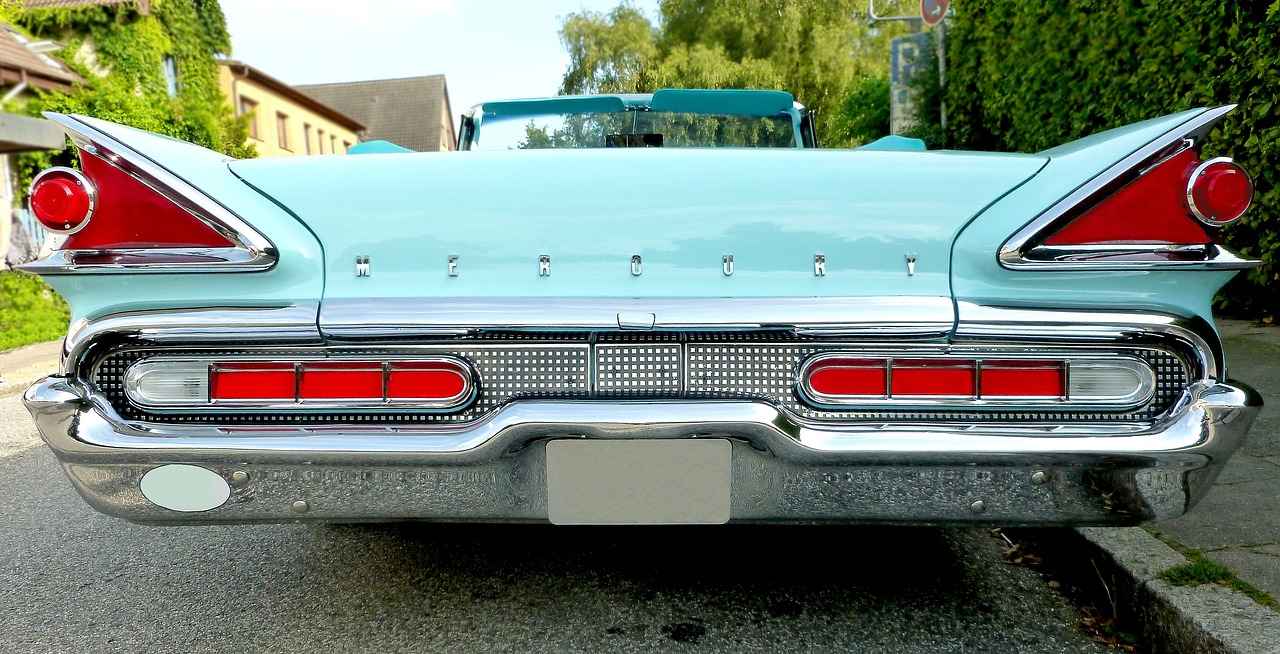
What Are the Benefits of Professional Bumper Repainting?
When it comes to maintaining your vehicle, professional bumper repainting is often overlooked. However, investing in this service offers numerous advantages that can enhance both the appearance and longevity of your car. Understanding these benefits is essential for any vehicle owner looking to justify the costs involved.
One of the most immediate benefits of professional bumper repainting is the improved appearance of your vehicle. A fresh coat of paint can make your car look brand new, eliminating scratches, scuffs, and fading that accumulate over time. This aesthetic enhancement not only boosts your pride in ownership but can also make your vehicle more appealing to potential buyers if you decide to sell.
Another significant advantage is the protection against rust and corrosion. Bumpers are particularly vulnerable to damage from environmental elements, such as moisture and road salt. By repainting your bumper with high-quality paint, you create a protective barrier that helps prevent rust from forming. This is especially important in regions where harsh weather conditions prevail, as untreated damage can lead to costly repairs down the line.
Investing in professional bumper repainting can also help in maintaining the overall value of your vehicle. A well-maintained exterior is a key factor in determining a car’s resale value. By keeping your bumper in top condition, you can ensure that your vehicle retains its appeal and market value over time. This is particularly crucial if you plan to sell or trade in your vehicle in the future.
Choosing a professional service guarantees that the job is done correctly. Professionals have the necessary skills, tools, and experience to ensure a high-quality finish that DIY attempts often lack. This expertise means that the paint job will not only look good but will also last longer, saving you money in the long run by avoiding the need for frequent touch-ups or reapplications.
Another benefit of opting for professional bumper repainting is the time efficiency it offers. Professionals can complete the job much faster than an average DIY enthusiast, allowing you to get back on the road sooner. This is particularly advantageous for those who rely on their vehicles for daily commuting or business purposes.
Professional auto body shops typically use high-quality paints and materials that are not readily available to the average consumer. These materials are designed to withstand the rigors of daily driving, providing a more durable and long-lasting finish. Investing in these superior products can significantly enhance the longevity of your bumper’s paint job.
Finally, many professional services offer comprehensive solutions that include not just repainting, but also repairing any underlying damage to the bumper. This means that you can address multiple issues at once, ensuring that your vehicle is in the best possible condition.
In summary, the benefits of professional bumper repainting are clear. From enhancing your vehicle’s appearance and protecting against rust to maintaining its value and ensuring quality work, the advantages far outweigh the costs. By understanding these benefits, you can make a more informed decision about whether to invest in this essential vehicle maintenance service.
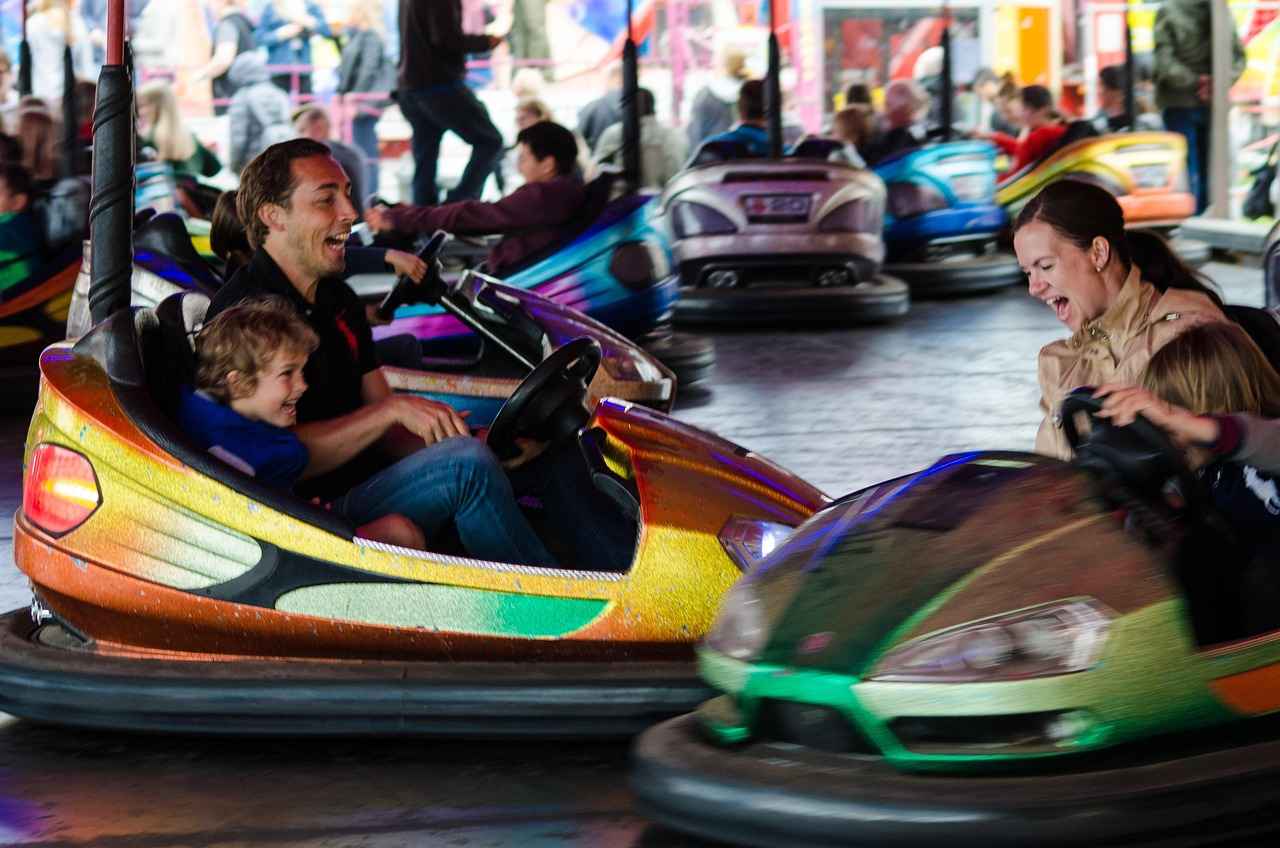
Can You DIY Bumper Repainting? What Are the Costs?
When considering whether to DIY bumper repainting or hire a professional, it’s essential to evaluate the costs, skills, and tools required. While taking on a DIY project may seem appealing due to potential cost savings, it often demands a specific set of skills and equipment that not everyone possesses.
To effectively repaint a bumper yourself, you will need the following tools and materials:
- Sandpaper: Various grits for surface preparation.
- Primer: A base coat to ensure proper paint adhesion.
- Automotive paint: Choose the right color and type for your vehicle.
- Clear coat: For a glossy finish and added protection.
- Masking tape and paper: To protect areas not being painted.
- Spray gun or aerosol cans: Depending on your preference and skill level.
- Safety gear: Gloves, goggles, and a mask to protect from fumes.
While the initial cost of DIY bumper repainting can be significantly lower than hiring a professional, it’s important to consider all associated expenses:
- Materials Cost: Depending on the quality of paint and materials, you might spend anywhere from $50 to $150.
- Tools Cost: If you don’t already own the necessary tools, this could add an additional $50 to $100.
- Time Investment: DIY projects can be time-consuming; consider the value of your time when budgeting.
While DIY projects can be rewarding, they come with several risks:
- Quality of Finish: Achieving a professional-looking finish requires practice and skill. Without the right technique, the result may be unsatisfactory.
- Potential Damage: Improper application can lead to runs, bubbles, or peeling paint, which may necessitate professional correction.
- Time and Effort: The time spent on preparation, painting, and drying can be considerable, potentially leading to frustration.
When weighing the options, consider the following:
- Cost: Professional services typically range from $200 to $500, depending on the shop and the extent of the work.
- Expertise: Professionals have the experience and knowledge to deliver high-quality results efficiently.
- Warranty: Many auto body shops offer warranties on their work, providing peace of mind that DIY projects do not.
In conclusion, while DIY bumper repainting can save money, it requires a careful assessment of your skills, tools, and the potential risks involved. By analyzing the costs and benefits of both DIY and professional options, you can make a well-informed decision that suits your needs and budget.
What Tools and Materials Are Needed for DIY Repainting?
When considering a DIY approach to repainting your car’s bumper, it’s essential to gather the right tools and materials for the job. Understanding what you need not only helps you achieve a professional-looking finish but also ensures that you stay within your budget.
- Sandpaper: Various grits (from coarse to fine) are necessary for smoothing the surface of the bumper. Start with a lower grit (around 80-120) to remove old paint and imperfections, then progress to higher grits (400-600) for a smooth finish.
- Masking Tape: This is crucial for protecting areas of the car that you do not want to paint. Use high-quality tape to create clean lines and prevent paint bleed.
- Paint Sprayer or Spray Cans: Depending on your comfort level and budget, you can choose between a paint sprayer for a more even application or spray cans for convenience. Ensure the paint is suitable for automotive use.
- Primer: A good primer is essential for ensuring the paint adheres well to the bumper and provides a smooth base. Choose a primer that is compatible with the type of paint you are using.
- Clear Coat: After painting, applying a clear coat will protect the paint from UV rays and scratches, giving it a glossy finish.
- Automotive Paint: Select a high-quality automotive paint that matches your vehicle’s color. Consider the finish (matte, gloss, etc.) and ensure it’s suitable for the type of bumper material.
- Cleaning Supplies: Before painting, clean the bumper thoroughly to remove dirt, grease, and old wax. Use automotive soap and a microfiber cloth for best results.
- Safety Gear: Protect yourself by wearing gloves, goggles, and a mask to avoid inhaling fumes. Safety should always be a priority when working with chemicals.
- Drop Cloths or Plastic Sheeting: Protect your workspace by covering surrounding areas to catch overspray and spills.
The costs associated with these tools and materials can vary widely. Generally, you can expect to spend:
- Sandpaper: $10-$20
- Masking Tape: $5-$15
- Paint Sprayer: $30-$150 or more for high-end models
- Primer: $10-$30
- Automotive Paint: $20-$100 depending on the brand and quality
- Clear Coat: $15-$30
In total, you might spend anywhere from $100 to $400 for a DIY bumper repainting project, depending on the quality of materials and tools you choose.
- Practice First: If you’re new to painting, consider practicing on a scrap piece of plastic or an old bumper to refine your technique.
- Work in a Well-Ventilated Area: Ensure that you are painting in a space with good airflow to avoid inhaling fumes.
- Follow Instructions Carefully: Always read and follow the manufacturer’s instructions for each product to achieve the best results.
By gathering the right tools and materials and understanding the associated costs, you can confidently embark on your DIY bumper repainting project. Not only can this save you money, but it can also be a rewarding experience.
What Are the Risks of DIY Bumper Repainting?
When considering DIY bumper repainting, it’s crucial to acknowledge the inherent risks involved in the process. While the allure of saving money is tempting, the potential pitfalls can lead to more significant issues down the line. Understanding these risks can help you make a more informed decision about whether to tackle the project yourself or seek professional assistance.
- Poor Finish Quality: Achieving a professional-looking finish requires skill and experience. Without the proper techniques, your paint job may appear uneven, with visible brush strokes or drips, detracting from the overall appearance of your vehicle.
- Color Mismatches: Selecting the right color can be challenging, especially if you are trying to match your vehicle’s existing paint. DIY projects may result in noticeable differences in shade, which can be frustrating and diminish your car’s aesthetic value.
- Surface Preparation Issues: Proper preparation is key to a successful paint job. Failing to adequately clean, sand, and prime the bumper can lead to poor adhesion and premature peeling or chipping of the paint.
- Potential Damage to the Bumper: Inexperienced DIYers may inadvertently damage the bumper during the preparation or painting process. Scratches, dents, or warping can occur, resulting in a need for costly repairs.
- Health Risks: Working with automotive paints and chemicals can pose health risks if proper safety precautions are not taken. Inhalation of fumes or skin contact with harmful substances can lead to serious health issues.
While the risks of DIY bumper repainting are real, there are steps you can take to minimize them:
- Research and Plan: Before starting, conduct thorough research on the process. Watch instructional videos and read guides to familiarize yourself with the necessary steps and techniques.
- Invest in Quality Materials: Using high-quality paint and tools can significantly improve your results. Cheaper materials may save you money upfront but can lead to poor outcomes.
- Practice on Scrap Material: If you’re unsure of your skills, practice on scrap pieces or old bumpers before attempting to repaint your vehicle. This will help you gain confidence and improve your technique.
- Prioritize Safety: Always wear appropriate protective gear, including masks, gloves, and goggles, to safeguard against harmful chemicals and fumes.
Ultimately, the decision to pursue DIY bumper repainting should be made after careful consideration of the risks and potential costs. While the financial savings can be appealing, the time, effort, and possibility of poor results may not justify the endeavor. If you feel uncertain about your abilities, hiring a professional may be a more prudent choice, ensuring a high-quality finish and peace of mind.
In conclusion, while DIY bumper repainting can offer cost savings, it comes with a set of risks that should not be overlooked. By understanding these challenges and taking proactive measures, you can better navigate the DIY landscape and achieve satisfactory results.
Frequently Asked Questions
- What is the average cost to repaint a bumper?
The average cost to repaint a bumper typically ranges from $300 to $500. However, this can vary significantly based on factors like paint type, labor costs, and the condition of the bumper.
- Can I save money by repainting my bumper myself?
Yes, DIY bumper repainting can save you money, but it requires the right tools and skills. If you’re not confident, you might end up spending more to fix mistakes!
- How long does the bumper repainting process take?
The time it takes to repaint a bumper can vary, but generally, you can expect it to take anywhere from a few hours to a full day, depending on the complexity of the job.
- What factors can increase the cost of bumper repainting?
Factors like the type of paint you choose, the experience of the technician, and any additional repairs needed can all increase the total cost of repainting your bumper.
- Are there any hidden fees I should be aware of?
Yes, some auto body shops may charge extra for materials, environmental fees, or additional repairs, so it’s wise to ask for a detailed estimate beforehand.

